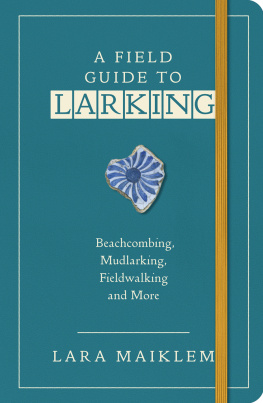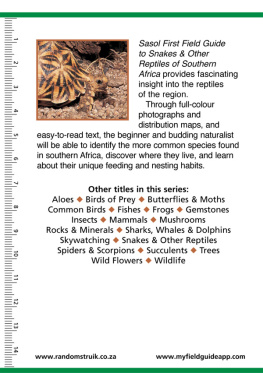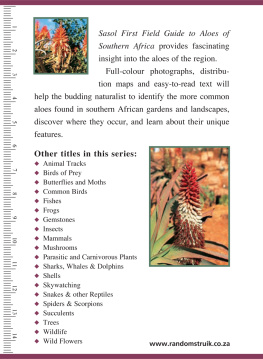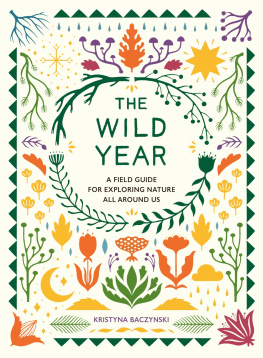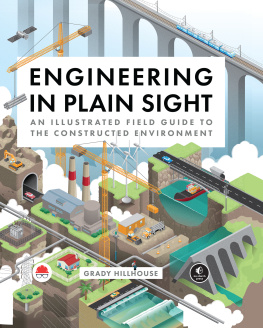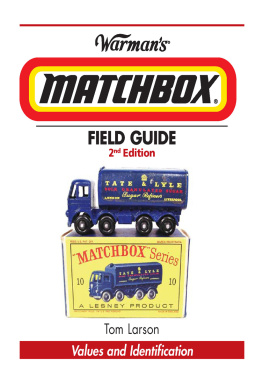BLOOMSBURY PUBLISHING
Bloomsbury Publishing Plc
50 Bedford Square, London, WC1B 3DP, UK
29 Earlsfort Terrace, Dublin 2, Ireland
This electronic edition published in 2021 by Bloomsbury Publishing Plc
BLOOMSBURY, BLOOMSBURY PUBLISHING and the Diana logo are trademarks of Bloomsbury Publishing Plc
First published in Great Britain 2021
Text Lara Maiklem, 2021
Artworks Johnny Mudlark, 2021
Pen and ink illustrations Chiz Harward, 2021
Map Emily Faccini, 2021
Additional illustrations Clare Baggaley, 2021
Lara Maiklem, Johnny Mudlark and Chiz Harward have asserted their right under the Copyright, Designs and Patents Act, 1988, to be identified as author and illustrators, respectively, of this work.
Extract from maggie and milly and molly and may 1956, 1984, 1991 by the Trustees for the E. E. Cummings Trust, from Complete Poems: 1904-1962 by E. E. Cummings, edited by George J. Firmage. Used by permission of Liveright Publishing Corporation. Extract from Myself When Young The Chichester Partnership, 1977. Reproduced with the permission of Curtis Brown Group Ltd, London, on behalf of the Chichester Partnership. reproduced courtesy of Andy English.
All rights reserved
You may not copy, distribute, transmit, reproduce or otherwise make available this publication (or any part of it) in any form, or by any means (including without limitation electronic, digital, optical, mechanical, photocopying, printing, recording or otherwise), without the prior written permission of the publisher. Any person who does any unauthorised act in relation to this publication may be liable to criminal prosecution and civil claims for damages.
While every effort has been made to ensure the accuracy of the information contained in this book, in no circumstances can the publisher or the author accept any legal responsibility or liability for any loss or damage (including damage to property and/or personal injury) arising from any error in or omission from the information contained in this book, or from the failure of the reader to properly and accurately follow any instructions contained in the book.
A catalogue record for this book is available from the British Library.
ISBN: 978-1-5266-3421-4 (PB)
ISBN: 978-1-5266-3423-8 (eBook)
ISBN: 978-1-5266-4533-3 (ePDF)
Designer: Clare Baggaley
Artist: Johnny Mudlark
Pen and ink illustrations: Chiz Harward
Map illustration: Emily Faccini
Archaeology Consultant: Mike Webber
To find out more about our authors and their books please visit www.bloomsbury.com where you will find extracts, author interviews and details of forthcoming events, and to be the first to hear about latest releases and special offers, sign up for our newsletters.
Rivers and beaches are unpredictable and potentially dangerous places. Anyone venturing onto them should familiarise themselves with the tides, risks and hazards and take necessary safety precautions. Always obtain the permission of the landowner to search land or property. Searching the tidal bed of the Thames (mudlarking) requires a permit for which you can apply to the Port of London Authority: there are areas where searching is not allowed and other locations that are subject to legal protection, such as Sites of Special Scientific Interest (SSSIs) and Scheduled Monuments. Do not mudlark on the Thames any further downstream (east) than the Thames Barrier. Objects of archaeological interest should be reported to the Portable Antiquities Scheme (PAS) a project to record archaeological finds made by the public in England and Wales. Objects that qualify as Treasure (essentially gold and silver over 300 years old and hoards) must be reported to the coroner, and Wreck (material from ships, etc) must be reported to the Receiver of Wrecks. For more information, websites can be found at the back of this book.

18th-century Staffordshire slipware pottery shard; handmade dress pins c.14001800.
For the Twins,
my little Borrowers.


. Belt clasp, c.15th century
. Handmade iron nail
. Beads
. Staffordshire redware, c.18th century
. Cowrie shell
. Drink token, 19th century
. Metal type
. Delft tile, c.18th century
. Roman samian bowl base
. Modern gold ring
. Medieval silver long cross penny
. Broken marcasite bracelet, c.1920

Contents

17th-century clay pipe bowl

. Victorian pottery
. Lace aglet, c.16th century
. German stoneware shard, c.17th century
. Trade beads, c.18th century
. Delft pottery, c.18th century
. Coral
. Beer bottle cap
. Handmade iron nail
To see a World in a Grain of Sand
And a Heaven in a Wild Flower
Hold Infinity in the palm of your hand
And Eternity in an hour
William Blake
Auguries of Innocence (1863)
Larking is the art of looking for things that dont belong, ownerless objects that have been lost, discarded and displaced. You can find them on the beach, tangled in strandlines, and each season they are revealed by the plough in fields. Rivers flow over the hidden castoff possessions of generations and even your own house and garden will have secrets that are waiting to be uncovered. The world is filled with overlooked wonders, you just need to slow down for long enough to find them.
This field guide is by no means an exhaustive companion, but it should set you off on a never-ending path of discovery that will catapult you back in time, shrink you to Lilliputian size, transport you to faraway lands, reconnect you with nature and indulge your imagination.
Good luck and happy larking.
 | Tarnished Elizabethan silver penny |
| A labourer of the time couldnt expect to earn much more than four of these in a day. |
Anyone can lark; you dont need a metal detector or even a trowel, just an enquiring mind, a pinch of patience and a sharp eye. Even if you only answer YES to one of these questions, there is sure to be a larker in you somewhere, but beware, larking is an addictive pastime; once you look down it is hard to look up.
| Y | N | Are you insatiably curious? |
| Y | N | Can you lose yourself in minutiae for hours? |
| Y | N | Do you have busy eyes? |
| Y | N | Do you like a mystery? |
| Y | N | Are you drawn to old and unusual things? |
| Y | N | Are you fascinated by the past? |

